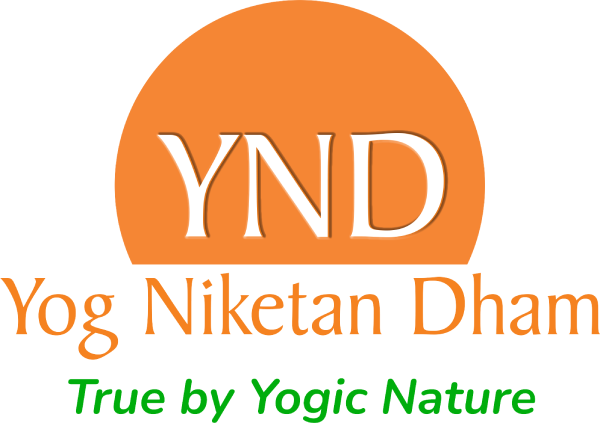Ujjayi Pranayama
Ujjayi Pranayama, the Ujjayi word, comes from the Sanskrit language. It means ‘victorious’ and has a root in the Sanskrit Ujji word, which means to attain a higher level.
Ujjayi Pranayama is also called triumph over decay and death. It is because it deeply works on the physical, pranic, and mental bodies. Hatha Yoga Pradipika defines Ujjayi as:-
“Poorvakta Kumbhaka yet pranam, rechaye didya tat; Slesham doshharam kanthe dehanal vivardhanam.”
Ujjayi Pranayama is a practice of breath retention and exhalation through Ida (left nostril). It helps in removing phlegm from the throat and stimulates the digestive fire.
Table of Contents
How to practice Ujjayi Pranayama
One should practice Ujjayi Pranayama in any comfortable Asana, i.e., Sukhasana, Siddhasana, and Lotus pose, in which the body is straight so there is proper respiration through the nasal passage.
- Maintain steadiness in a comfortable pose for some time. It is essential before practicing Ujjayi.
- Be aware of available Prana, the natural breathing system, and feel air passing down to the heart through the windpipe.
- Slightly contract the throat region during Pooraka, and practicing the ‘SO’ sound is recommended while breathing in.
- Exhale through the left nostril with the sound of ‘HUM,’ which would produce a light snoring sound. This sound should be generated from the throat, not from the mouth.
- After holding Prana in the lungs, practice Jalandhar Bandha to activate the thyroid gland; a person should practice it after dropping down the chin towards the chest.
- Prana should not move downwards towards the heart during the retention of breath.
- It is basically for the safety of the thoracic part. So, Prana works from the throat to the heart in this practice.
- There is a long, deep exhalation to release more CO2 from the body, so the lungs detoxify. Therefore, it is highly advisable to practice deep exhalation during the practice.

Benefits of practicing Ujjayi Pranayama
- Ujjayi Pranayama is highly advisable for patients with Insomnia and thyroid disorders.
- It is excellent for releasing tension and curing mental disorders.
- It lengthens the breath and increases lung capacity with high quality.
- Ujjayi is one of the most effective pranayamas for thyroid disorders and other throat problems.
- It strengthens the heart and lungs. It is very effective for the Diapraghm muscle.
- Ujjayi has done tremendous work on Vishudi and Anahata chakras and activating them.
- It is so powerful to make the body balanced and more stable. It has a profound impact on the physical body.
- Ujjayi Pranayama is similar to Surya Bhedi Pranayama and is superb for those with a cough, sinus, and allergy problems.
- It stimulates the vagus nerve and calms the mind, helping decrease stress.
- It is beneficial in snoring problems and helps to sleep deeply.
- It activates Jathragini or digestive fire. It is so effective for having a good appetite as well.
- Ujjayi is very good for those who have stammering and lisp problems.
Contraindications of Ujjayi Pranayama
- Ujjayi Pranayama should not be practiced at a fast pace if there is any heart problem.
- In the case of low blood pressure, it should not be practiced.
- Practice it with an empty stomach or 4-5 hours after the meal.
- In case of any headache or dizziness, do not attempt immediately.
- Do not force yourself, especially if the physical body is not well or has some medical issues.
- Ocean breath pranayama should be practiced peacefully.
- One should follow up on the practice of Bhastrika and Nadi Shodhan Pranayamas before attempting Ujjayi.
Best time to practice Ujjayi Pranayama
- Brahma muhurta or before sunrise. It is an ideal time for practicing Yogic exercises.
- At sunset, after 5-6 hours of a meal. It must be practiced after Kapalbhati.
Tags:

